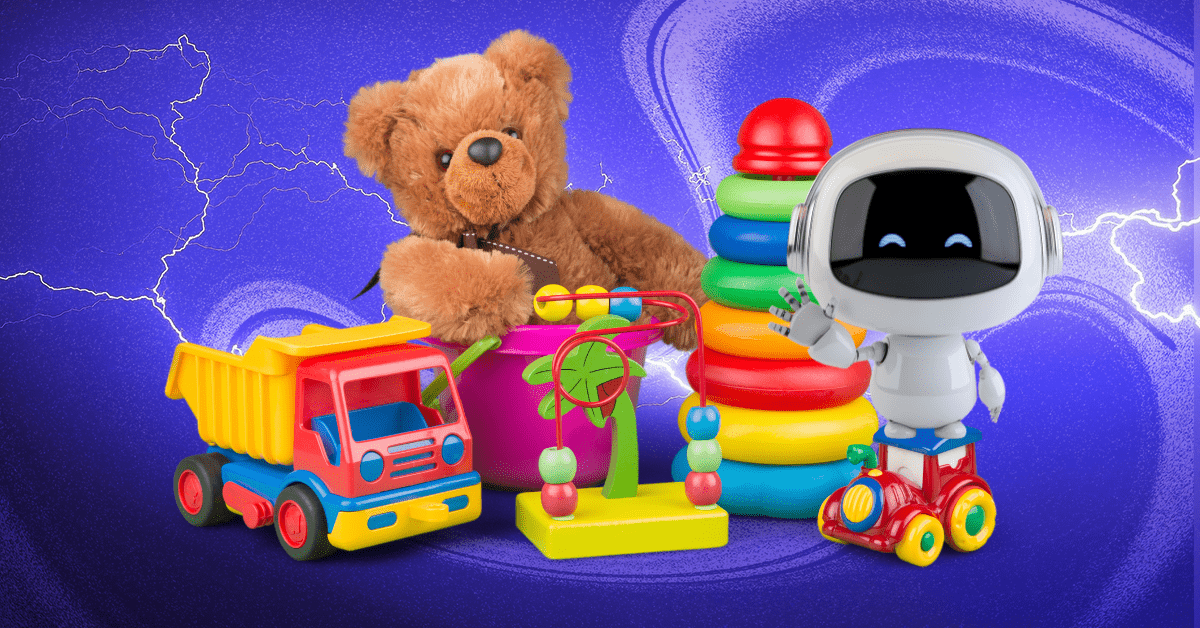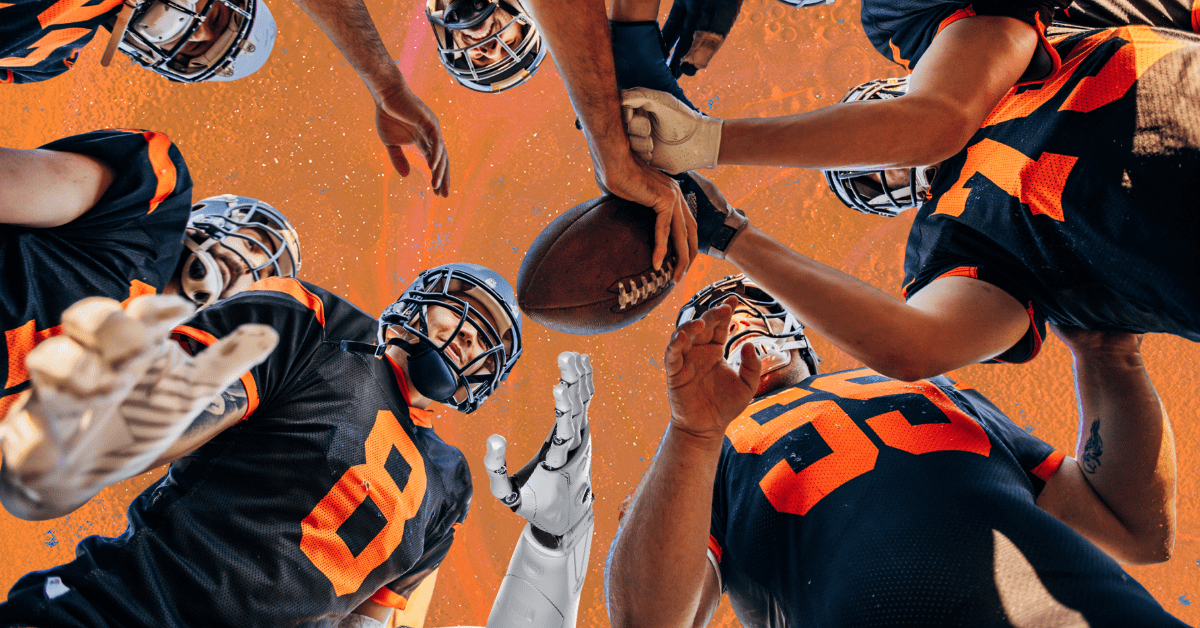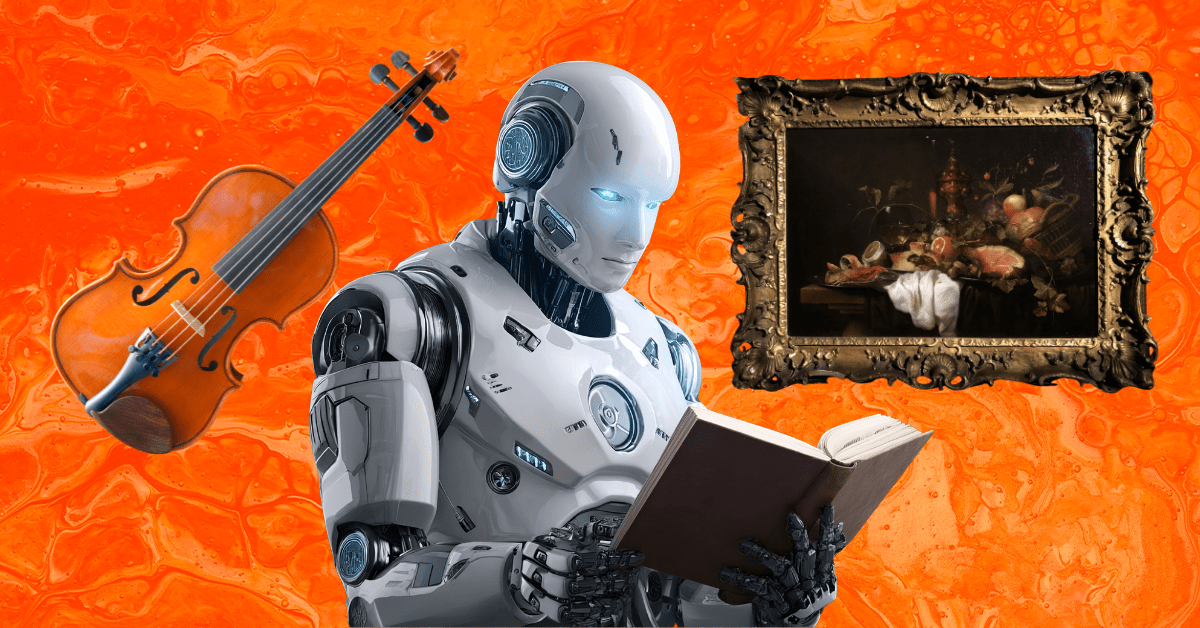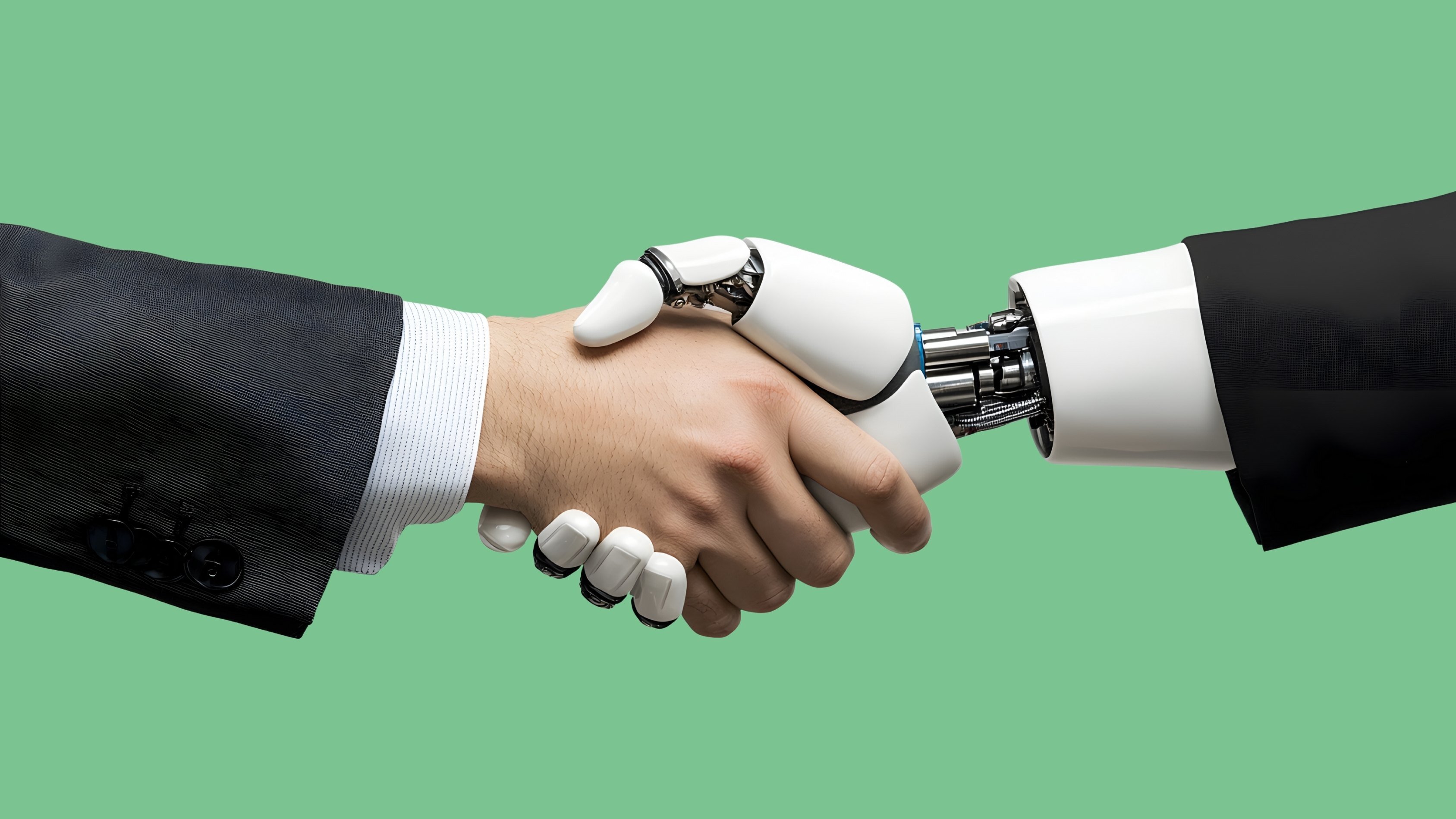
This AI startup is reading the entire internet non-stop. Why?
Diffbot is training its AI to be more trustworthy by reading the internet nonstop and creating a system that ensures the accuracy of its data.
Published:
Updated:
Need the full story?
Sign up for The Hustle to get the business world's wildest stories delivered daily. This one's on us.
Related Articles
-

-

AI won’t replace athletes — but it might coach them
-

How man’s best friend became man’s favorite podcaster
-

In the AI age, human-made is the new organic
-

A startup that uses AI to help musicians get paid
-

The case for making AI your co-founder
-

Most people use ChatGPT for ‘practical guidance’
-

A new award for spectacular AI flops
-

There’s no time for ethics in the AI arms race
-

This AI device lets you watch your dreams as lo-fi movies


